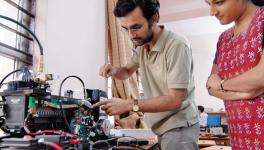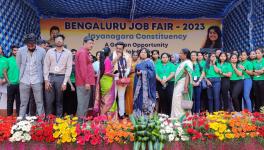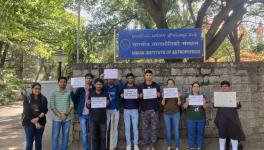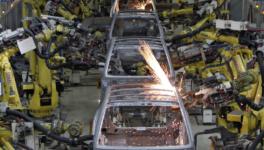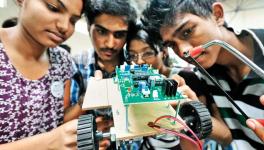From Bridges to Bytes: Striking Balance in Engineering
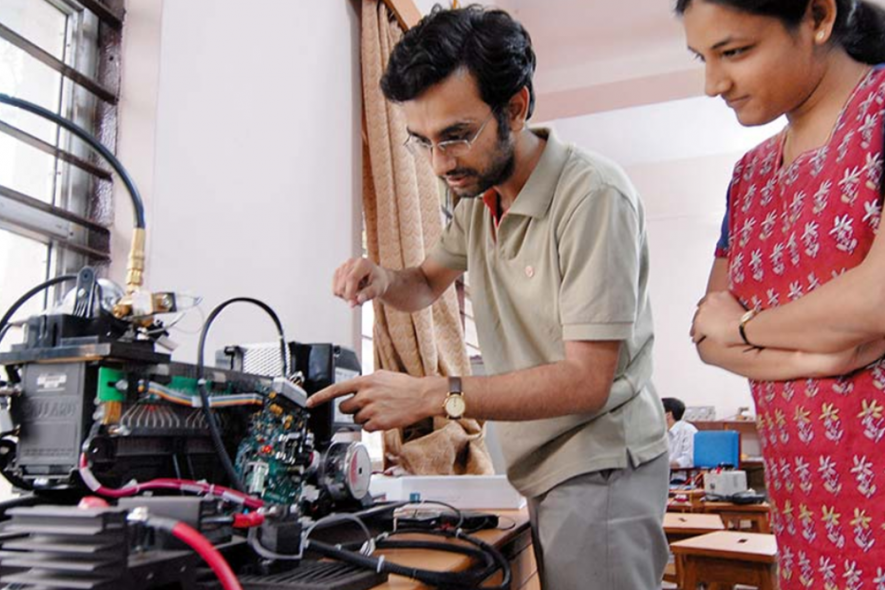
Representational Image.
Computer Science Engineering (CSE) has become an increasingly dominant stream in engineering education. The shift, while emblematic of the digital age, poses profound questions. In pursuing the ‘New’, are we inadvertently sidelining the time-tested wisdom of traditional disciplines? This evolving landscape reshapes the engineering world and signals deeper shifts in societal values and priorities.
Dialectic of Progress
Within the evolving narrative of engineering, the rapid rise of computer science is often hailed as the latest chapter of progress, a testament to humanity’s relentless march forward. This narrative, imbued with enlightenment philosophies, paints a picture where technological leaps equate to societal advancement. Through this lens, traditional disciplines like civil, mechanical or electrical engineering might seem anchored to the past—seemingly outpaced by the digital juggernaut.
A recent case from Telangana underscores the trend: out of 82,666 seats in engineering colleges, a staggering 55,876 were allocated for CSE and IT-related courses, of which 94.20% were filled in just the first phase.
However, a deeper dialectical analysis reveals a different story. These so-called “traditional” fields aren’t relics of a bygone era; they’re dynamic entities continuously morphing and adapting to address contemporary challenges from creating sustainable infrastructures to pioneering green energy solutions.
The emerging dichotomy isn’t truly between CSE and its traditional streams. Instead, it’s about our perception of progress. While CSE might embody the allure of the ‘New’, it doesn’t render the ‘Old’ obsolete. Both are integral threads in the rich tapestry of engineering, each bringing its unique strengths and perspectives.
Homogenisation of thought
CSE's meteoric rise has undeniably reshaped our modern world's contours. However, if unchecked, this ascent threatens to induce a “homogenisation of thought” within the engineering field.
While software boasts capabilities like optimising city traffic, the bedrock of these digital marvels still rests on tangible foundations—bridges, roads and tunnels meticulously engineered by civil professionals.
Technical and Professional Institute’s Employees Association president V Balakrishna Reddy’s observations on the overwhelming preference for CSE, even when other opportunities are presented, capture the essence of this homogenisation of thought.
The readiness to pay exorbitant amounts for CSE seats, often sidelining other disciplines, paints a vivid picture of this trend. An imbalanced emphasis on CSE risks eclipsing the profound insights and innovations inherent in traditional disciplines. Consider the magic that unfolds at the confluence of diverse fields: without this blend, revolutionary domains like biomedical engineering, a synergy of medical science and classic engineering, might remain unrealised.
A disproportionate tilt towards CSE could create an echo chamber, stifling fresh thought and exposing us to market volatility tremors. Engineering, at its core, is more than just technical prowess; it’s a mirror reflecting our societal, cultural and historical narratives.
Bypassing disciplines like civil, mechanical, ECE and EEE might sever our link to time-tested wisdom, erasing the architectural ingenuity for challenging terrains and eclipsing the innovative solutions woven through generations.
India and the Fourth Industrial Revolution
With the world on the cusp of the Fourth Industrial Revolution—a transformative era where the barriers between the physical, digital, and biological realms are rapidly dissolving—it has become paramount to counter this looming homogenisation and champion an engineering ethos that celebrates and integrates the kaleidoscope of perspectives spanning diverse disciplines.
India, with its ambitious visions for the future, rightly seeks to harness the potential of this revolution. But with regions like Telangana dedicating over 67% of its engineering seats to CSE, it prompts a question: can India ride this wave by focusing solely on the digital facet and sidelining the foundational disciplines that have anchored its development for decades?
To navigate the Fourth Industrial Revolution successfully, India must ensure a holistic engineering approach valuing both the dynamism of CSE and the enduring strengths of traditional fields.
The choices made in classrooms today will reverberate through the innovations of tomorrow. As the next generation of engineers steps forward, it’s imperative to carry both the code of the digital world and the wisdom of foundational engineering. It’s the only way to genuinely engineer an innovative, inclusive, and sustainable future.
As India stands at the crossroads of tradition and innovation, our choices will shape the tomorrow. While the allure of the digital realm is undeniable, it’s imperative to cherish the diverse array of engineering. The blueprint for a holistic and harmonious future lies in this balance.
The writer is a research scholar at Osmania University, Hyderabad.
Get the latest reports & analysis with people's perspective on Protests, movements & deep analytical videos, discussions of the current affairs in your Telegram app. Subscribe to NewsClick's Telegram channel & get Real-Time updates on stories, as they get published on our website.










